8 Tips for Fall Garden Cleanup
8 Tips for Fall Garden Cleanup
Even though many of our summer annuals are still looking great in the gardens, there is no denying that autumn is here. The night time temperatures are dropping below 50, and all around us trees and shrubs are taking on their fall colors. It’s time for some autumnal maintenance, which is commonly called “fall cleanup.” How much you “clean” and what tasks you do, however, depend largely on what you want to see, and your personal landscaping philosophy. Here are eight suggestions:
- On the top of your list should be removing any bird-planted shrubs, vines or trees that are growing in and among your landscaping. That bittersweet vine that is twining through your Rhododendrons, for example, or those small oak trees that sprouted in your perennials. Fall is the perfect time to pull out the young seedlings and cut off at ground level the plants that have escaped your notice until now.
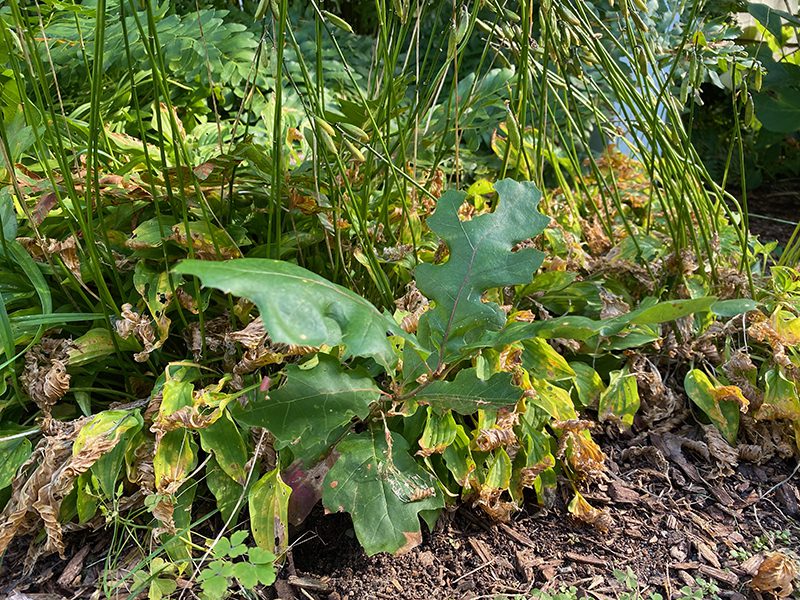
2. As perennials die back in the fall, our customers wonder if they should be cut to the ground or not. There is not hard and fast rule about this. Those who are interested in supporting birds, butterflies and other wildlife choose to leave these in the garden until spring. Others want their gardens cleared in the fall because the spring is a busier time. In truth, you can take both approaches: leave some beds alone until early May, to allow birds to eat the seeds and pollinators to over-winter in the debris. But remove other perennials that are close to the house and might make inviting shelter for mice and other rodents that you don’t want to encourage so near to your home. Garden maintenance and fall cleanup doesn’t have to be “all or nothing.”

3. Enrich your soil from the top down. The best way to keep your soil healthy and your plants thriving is to add organic matter on an annual basis. Fall is a great time to top-dress shrubs, perennials and lawns with compost. A one inch layer, spread over the remains of the past summer’s mulch, is all that is needed on beds and scattering it on lawns and then raking it in is perfect for your turf.
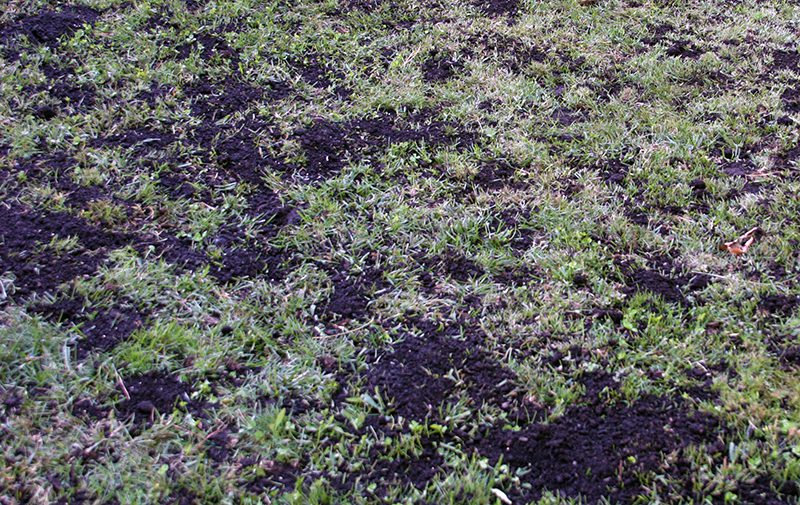
4. Leaf removal doesn’t have to be all or nothing either. Take the heavy concentration of leaves off of lawns, as they can mat down and smother grass over the winter. But in areas around your shrubs and trees, leaves can provide a natural soil amendment. In the spring, you can either let them be as is, or top-dress them with a light application of bark mulch to even out their appearance.
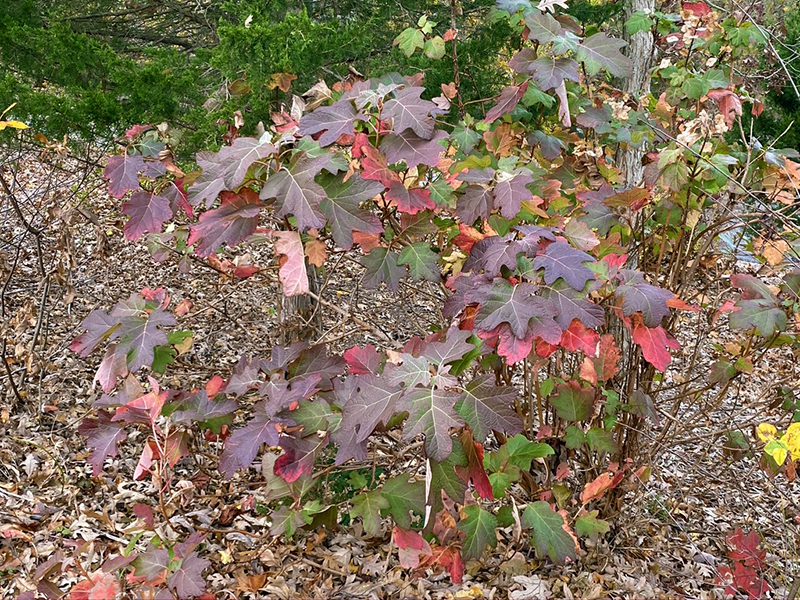
5. Enjoy the fall foliage colors! Savor the process as plants go dormant or prepare for the winter to come. There is no way we can stop the seasonal changes, but we can appreciate the beauty that’s unfolding us even as our yards transform from their summer apparel into the fall foliage that precedes winter.
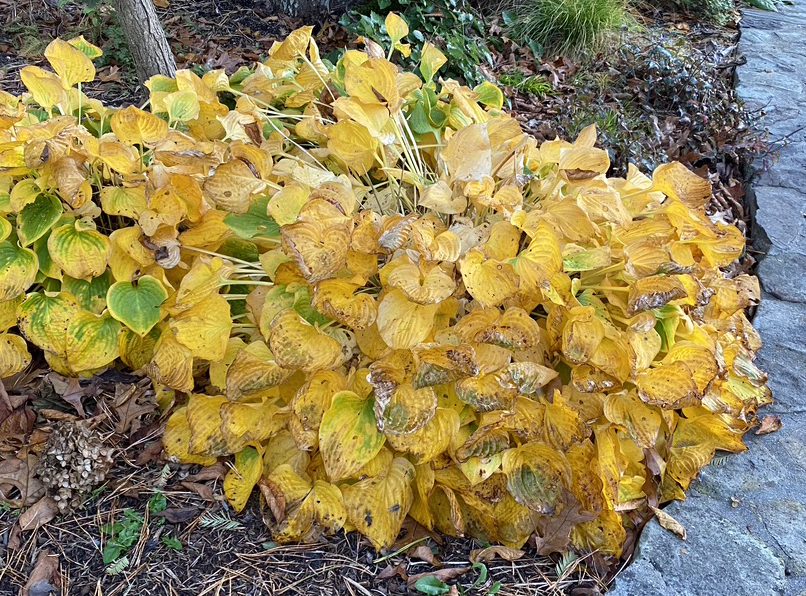
6. Fall is also a good time to remove dead branches or trees. When a tree or some of its limbs are dead, they are more likely to fall during winter storms. Evaluate the trees around your home for damaged, weak or dead parts, and have them removed before the end of December.
7. Remove any foliage from any perennial or annual that had a fungal problem this summer. Bee balm with mildew, for example. If your hydrangea showed signs of chilli thrips, rake out the leaves from under the shrubs when they have fallen, since this pest over-winters in the leaf debris under the plant.
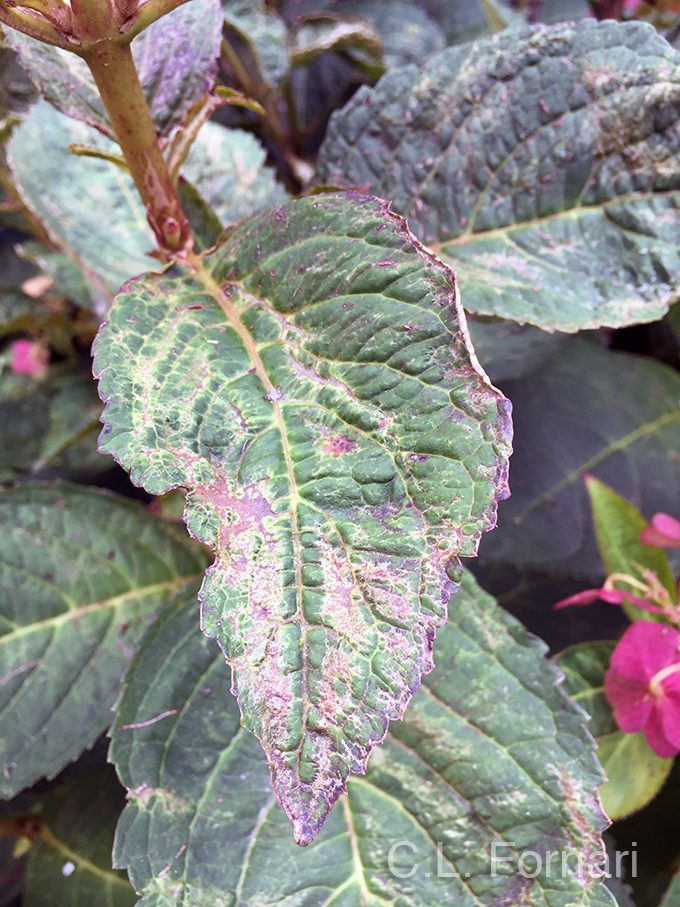
8. Plant and transplant now for satisfaction next spring. If you’ve had a hole in your flower garden or shrub border, planting now will ensure that this area will be more attractive next year. If you need to move a plant, do it soon, and top-dress around that recently transplanted shrub or perennial with compost. Remember to water any newly placed plants deeply once a week if it doesn’t rain.
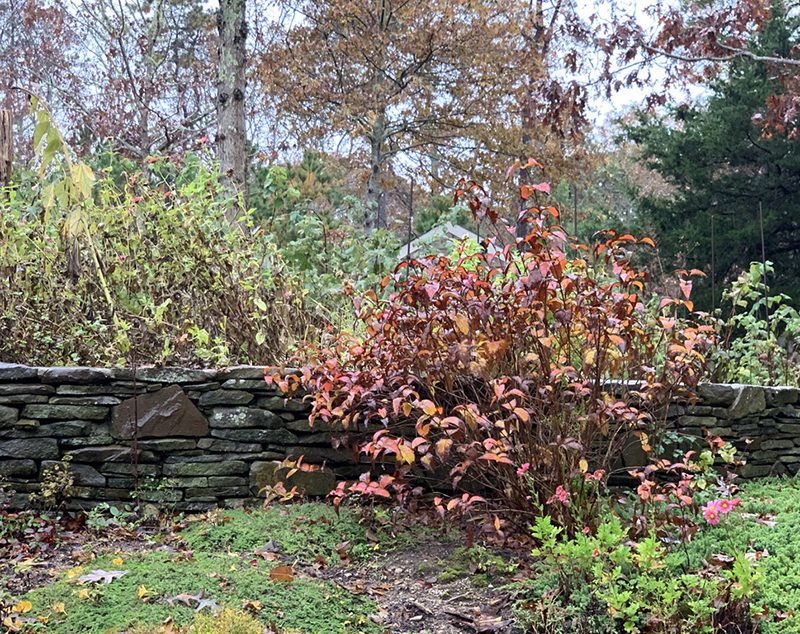
Subscribe To Our Newsletter
Sign up for our weekly email about sales and events.
